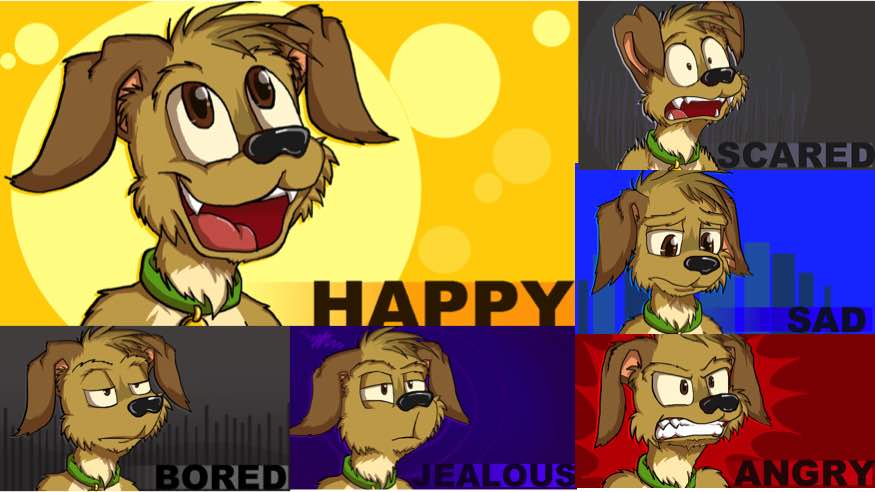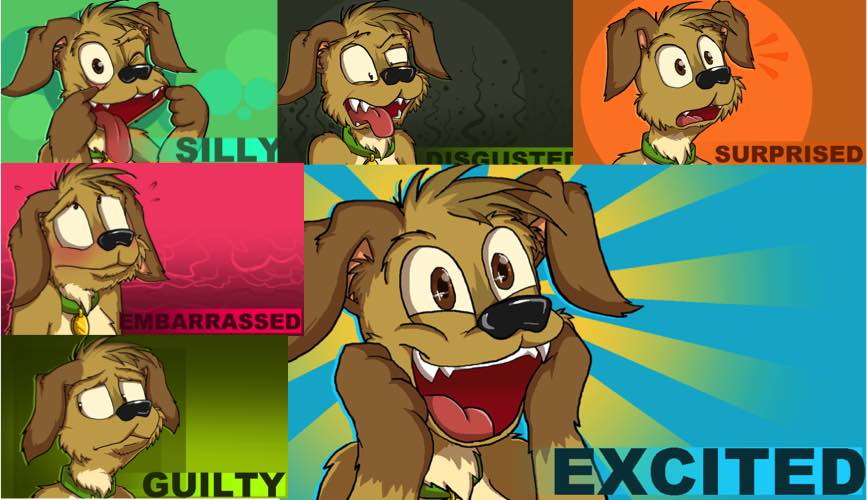List of Emotions: 271 Emotion Words (+ PDF)What are emotions? What are the theories behind emotions? And how do you describe different emotions? Learn all about emotions here and get lists of emotions for adults or kids.
*This page may include affiliate links; that means I earn from qualifying purchases of products.
Emotions are an important part of the human experience. We feel a variety of different things, and being able to put a label on those feelings is helpful for increasing self-awareness and self-understanding. So how do we gain understanding of our emotions? Well, a list of emotions may help us think through how we experience each one.
Are You a Therapist, Coach, or Wellness Entrepreneur?
Grab Our Free eBook to Learn How to
| |||||||
|
|
Printable List of Emotions
Want to print this emotion list? Grab the list of emotions PDF or word doc below.
| printable-list-of-emotions.docx |
| printable-list-of-emotions.pdf |
List of Feeling Words & Phrases
In addition to the emotion words above, here are a few more 'feeling' phrases. These included slang and other words that just didn't quite fit into the emotion list above.
'Feeling' words and phrases:
'Feeling' words and phrases:
- feeling cheesed off
- having a desire to disappear
- feeling good
- having the heebie-jeebies
- feeling like a fraud
- feeling miffed
- going postal
- being gaslighted
List of Emotional Words
Although we've talked about a bunch of words that can be used to describe our emotions, all words actually have an emotional tone. One study assessed the emotional tone of hundreds of words (Bradley & Lang, 1999) to see how positive or negative people perceived a variety of words to be. The results showed, for example, that words like 'massacre' were rated to be really negative whereas words like 'mother' were rated as really positive. This study highlighted how we experience every word as emotional, even words that are not explicitly emotional.
List of Emotions for Kids
Our complete list of emotions can all be too much for kids. It's likely better to start with a few emotions and go from there. That's why people try to simplify emotion lists for kids and make it easier to learn about new emotions.
We too have made a few tools that can help kids learn about their emotions. First, our emotional coloring book includes downloadable coloring pages of a cute puppy exhibiting various emotional expressions. We also have emotional puppy cards that can be downloaded and pasted on a fridge or walls for kids to learn from.
We too have made a few tools that can help kids learn about their emotions. First, our emotional coloring book includes downloadable coloring pages of a cute puppy exhibiting various emotional expressions. We also have emotional puppy cards that can be downloaded and pasted on a fridge or walls for kids to learn from.
An Emotion List for Adults
Here are few more emotion words for adults:
- sexy
- sensual
- racy seductive
- provocative
- risque
- crude
Activities for Learning More About Your Emotions
Learn more about your emotions and how to manage them on our emotional skills page. Discover activities for working on your emotions on our emotion activities page. These pages bring together insights on all sorts of topics related to emotions.
Articles for Learning More About Emotions
Want to learn more about some of these emotions. Here are a few related articles:
- Emotion: Definition, Theories, and List of Emotions
- Emotional Unavailability: Definition, Causes, & Signs
- Positive Emotions: List, 90+ Examples, Theories, & Tips
- Emotional Detachment: Definition, Causes & Signs
- Emotional Numbness: Definition, Causes & How to Deal With It
- Emotional Dysregulation: Definition, Examples, And Tips
Books for Learning More About Emotions
If you’d like to keep learning more, here are a few books that you might be interested in.
Don't Forget to Grab Our Free eBook to Learn How to
Grow Your Wellness Business Exponentially!
References
- Bradley, M. M., & Lang, P. J. (1999). Affective norms for English words (ANEW): Instruction manual and affective ratings (Vol. 30, No. 1, pp. 25-36). Technical report C-1, the center for research in psychophysiology, University of Florida.
- Ekman, P. (1999). Basic emotions. Handbook of cognition and emotion, 98(45-60), 16.
- Russell, J. A. (1980). A circumplex model of affect. Journal of personality and social psychology, 39(6), 1161.
- Trnka, R., Lačev, A., Balcar, K., Kuška, M., & Tavel, P. (2016). Modeling semantic emotion space using a 3D hypercube-projection: an innovative analytical approach for the psychology of emotions. Frontiers in psychology, 7, 522.
Are You a Therapist, Coach, or Wellness Entrepreneur?








